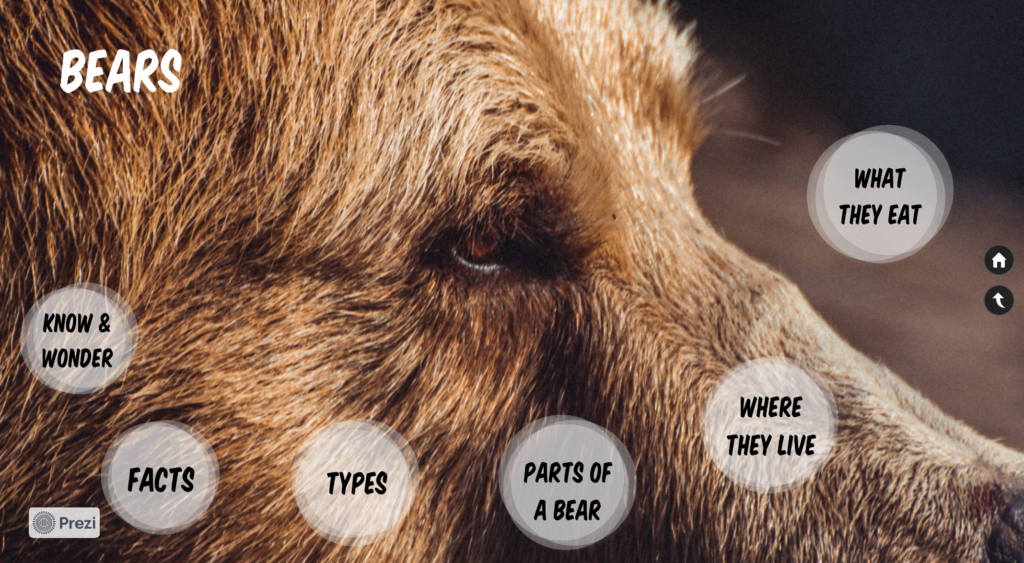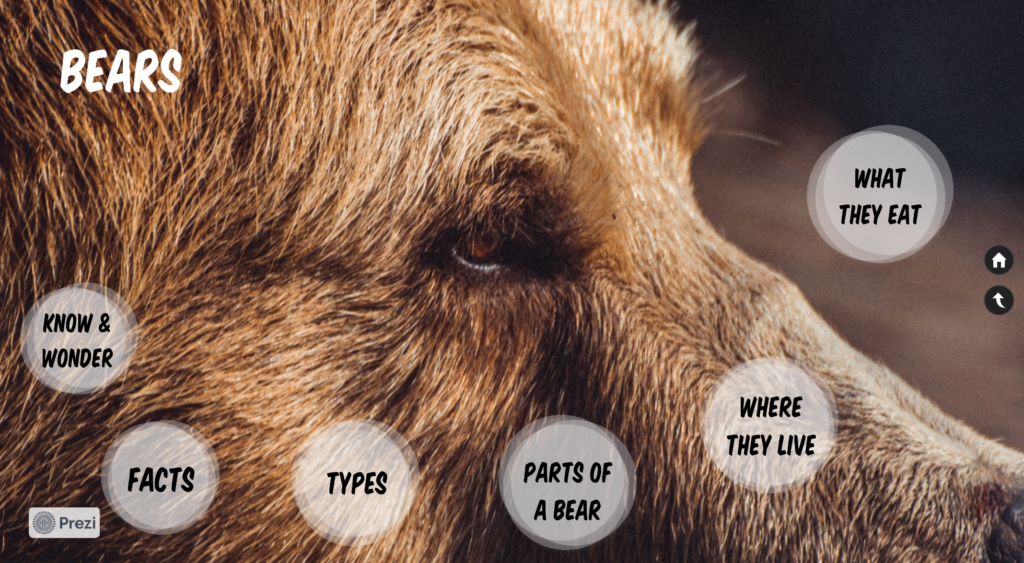In education, our goal is to try and offer as much information to our learners as possible and to help them retain that information in order to use it in their futures. However, as mentioned by Richards Meyer in The Cambridge Handbook of Multimedia Learner, “if [we] overload the working memory before there is time for encoding and long term storage in mental models, things will be forgotten.” (Mayer, 2021). Therefore, it is imperative that we begin to analyze how people think and learn so that we can design presentations that will give our learners the greatest chance to acquire the intended information. If we begin using aids such as images and videos and The Principles of Multimedia Learning, we will enhance our chances to facilitate the long term storage of information.
By addressing the Dual Coding Theory while designing powerpoint presentations, or any presentation for that matter, we can “manage intrinsic load, optimize germane load, and minimize extraneous load to ensure maximum storage in long-term memory” (Mayer, 2021). That means that we can bring focus to essential material by scaffolding the information and by deleting all the needless distractions. We can use only simple visuals, graphics, text and narration that support learning goals. We can ensure there are images to support words or text in hopes to connect to our learners and give the information meaning, at the same time as being aware of needless images or text which could distract them from the intended outcomes. Finally, we can highlight and guide their focus by using arrows, highlighting and fading functions within programs.
I have taken part in plenty of “death by PowerPoint presentations” (Philliips, 2014) and have become completely overwhelmed by the amount of information that is put on one page. I have seen how bullet points are followed by sentences and how twirly texts and images that have no tie to the actual information are being used in hopes to gain or keep my attention. These additions, in fact, had me guessing at what I was supposed to know and made my brain hurt, which either led me to guessing where to look, or shutting down my efforts completely. I also noticed how I would slump into my chair and become completely uninterested and unmotivated to learn. These sessions were missing engagement with the materials and with other people. A brainstorming activity, partner chat, personal story or video to deliver another avenue would have greatly increased my attention, retention and motivation to learn about the subject matter, since I would be participating in it. I would have felt part of my learning which would be much more effective at grabbing and holding my attention than a twirly text. Using brainstorming, partner chat or multimodal avenues would have allowed me to share my thinking, learn new understandings/misconceptions by attaching the new information to my prior knowledge and it would have allowed for me to connect to and with the material in more modalities than that of speaker and text. For these reasons and more, I will be taking The Dual Coding Theory and its principles into consideration every time that I design a learning object for my learners.
Prezi: Bears
Here is an explanation of how my Prezi about bears will be used. You must click the link below the image.

Here is the Prezi that you can explore at your own convenience.

Here is the inquiry booklet that we use along with this presentation.

Citation
Mayer, R. E. (2009). Multimedia learning (2nd ed.). Cambridge, England: Cambridge University Press.
Ashley Kaster. (2019). Dual Coding Principle. Youtube. https://www.youtube.com/watch?v=wixEGpznyG8
Phillips, David JP. (2014). How to avoid death by PowerPoint [Mp4]. TED Talks. https://www.youtube.com/watch?v=Iwpi1Lm6dFo
Meme by Shyamanta Baruah. (2021). 5 PowerPoint Alternatives to Avoid Death By PowerPoint. https://shyamanta.me/5-powerpoint-alternatives-to-avoid-death-by-powerpoint/

